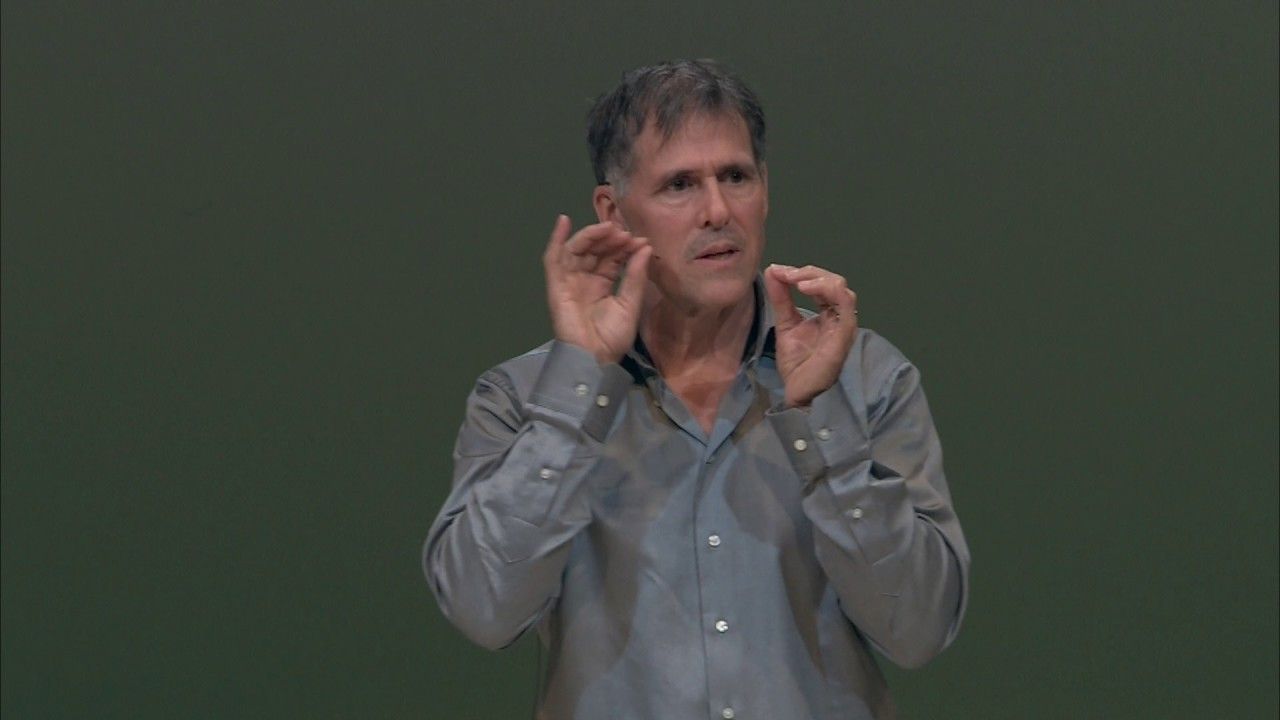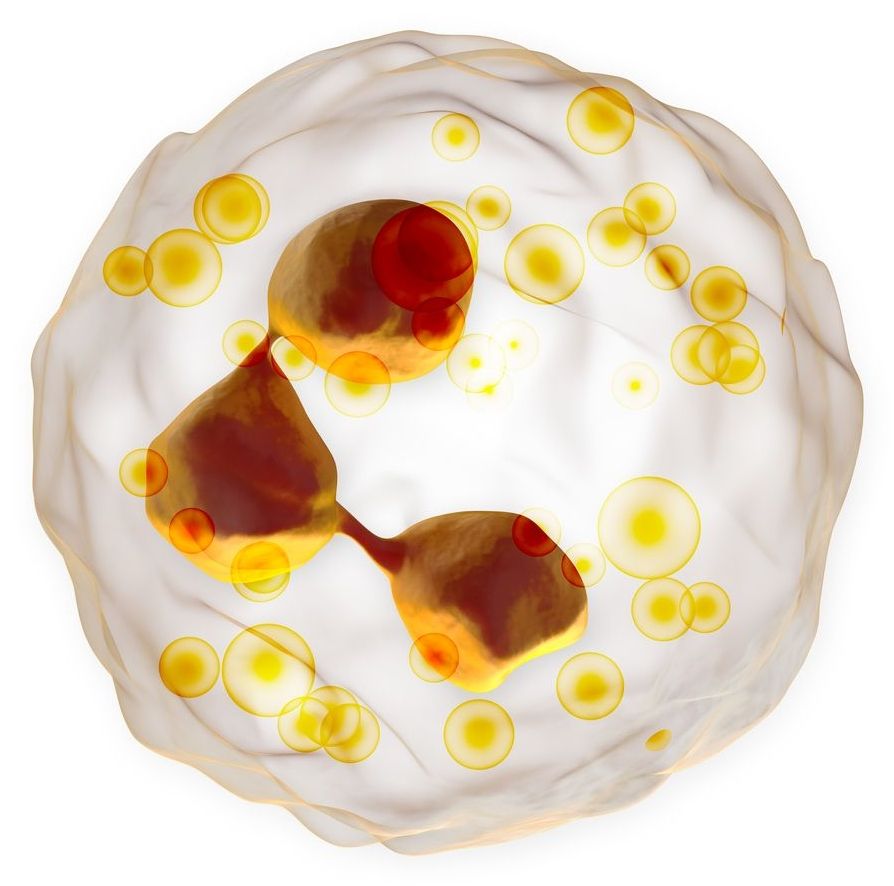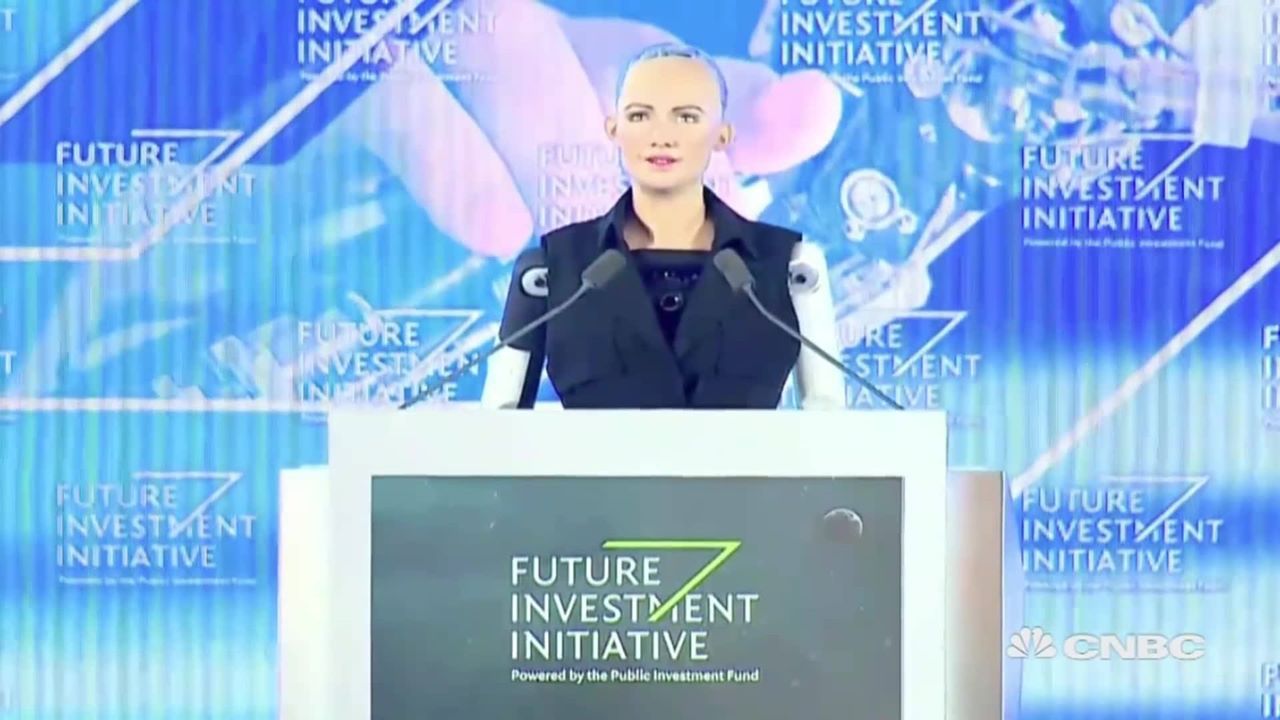Page 9148
Oct 31, 2017
Kepler finds 20 habitable worlds ‘hiding in plain sight’
Posted by Dan Kummer in category: alien life

A new analysis of data from NASA’s Kepler telescope has revealed a treasure trove of 20 extraterrestrial worlds astronomers say could hold life.
The new analysis includes several planets that orbit stars similar to our sun.
Continue reading “Kepler finds 20 habitable worlds ‘hiding in plain sight’” »
Oct 30, 2017
Elon Musk releases first image of new tunnel under Los Angeles, announces expansions to LAX and 101
Posted by Dan Kummer in categories: Elon Musk, futurism
Elon Musk released this weekend the first image of the Boring Company’s new tunnel under Los Angeles and also expanded on the company’s plans for future segments of the project.
Oct 30, 2017
Neutrophils are a Key Player in Nerve Regeneration
Posted by Steve Hill in category: biotech/medical
In recent articles, we have talked about the potential of the immune system to help repair tissue, including for peripheral nerve damage, Atherosclerosis, and Parkinson’s. Immune cells not only fight infection; as this new study shows, they also help the nervous system remove debris, paving the way for nerve regeneration following injury.
While previous studies suggested that nerve cell damage repair was conducted by other immune cell types, such as macrophages, researchers from Case Western Reserve University School of Medicine have shown that neutrophils also play a role.
Oct 30, 2017
The Death is inevitable, why bother with rejuvenation? Argument
Posted by Steve Hill in categories: biotech/medical, life extension
Today we are looking at why some people claim it is pointless developing medicines to eradicate age-related diseases because we will all die anyway. Imagine if the medical world felt that way, there would be no medicine, no surgery or healthcare!
I don’t think anyone has ever asked me this question, but I do know from other advocates that this isn’t unheard of. Quite frankly, I think this question is rather bizarre, and its implications are even more so.
In this article, I’m not going to question the assumption about the inevitability of death; rather, I will take it for granted and try to explain why I think it has no relevance whatsoever to whether or not rejuvenation is worth pursuing.
Continue reading “The Death is inevitable, why bother with rejuvenation? Argument” »
Oct 30, 2017
How Do You Turn a Dog into a Car? Change a Single Pixel
Posted by Sean Cusack in categories: humor, information science, robotics/AI, transportation
Thank a new approach to spoofing image recognition AIs, developed by a team from Kyushu University in Japan, for that joke.
Trying to catch out AIs is a popular pastime for many researchers, and we’ve reported machine-learning spoofs in the past. The general approach is to add features to images that will incorrectly trigger a neural network and have it identify what it sees as something else entirely.
The new research, published on the arXiv, describes an algorithm that can efficiently identify the best pixels to alter in order to confuse an AI into mislabeling a picture. By changing just one pixel in a 1,024-pixel image, the software can trick an AI about 74 percent of the time. That figure rises to around 87 percent if five pixels are tweaked.
Continue reading “How Do You Turn a Dog into a Car? Change a Single Pixel” »
Oct 30, 2017
Physicists propose test of quantum gravity using current technology
Posted by Saúl Morales Rodriguéz in categories: energy, quantum physics
Physicists have proposed a way to test quantum gravity that, in principle, could be performed by a laser-based, table-top experiment using currently available technology. Although a theory of quantum gravity would overcome one of the biggest challenges in modern physics by unifying general relativity and quantum mechanics, currently physicists have no way of testing any proposed theories of quantum gravity.
Now a team of seven physicists from various countries, S. Dey, A. Bhat, D. Momeni, M. Faizal, A. F. Ali, T. K. Dey, and A. Rehman, have come up with a novel way to experimentally test quantum gravity using a laser-based experiment. They have published a paper on their proposed test in a recent issue of Nuclear Physics B.
One reason why testing quantum gravity is so challenging is that its effects appear only at very high-energy scales and their corresponding tiny length scales. These extreme scales, which are very near the Planck scale, are roughly 15 orders of magnitude beyond those accessible by the Large Hadron Collider (LHC), by far the world’s highest-energy experiment.
Continue reading “Physicists propose test of quantum gravity using current technology” »
Oct 29, 2017
Twisted light could make wireless data faster than fiber
Posted by Shailesh Prasad in categories: habitats, holograms, internet
As fast as fiber optic lines have become, they’re still hamstrung by one key limitation: you still need to transmit that data over wires, which limits where you can transmit and the affordability of the fastest connections. Scientists may have a way to eliminate those cables while offering even faster speeds, though. They’ve discovered a way to ‘twist’ photons in a way that not only crams more data into each transmission, but survives interference from turbulent air. If you pass light through a special hologram, you can give photons an optical angular momentum that lets them carry more than just 1s and 0s — and so long as the light’s phase and intensity are right, you can reliably beam that data over long distances.
The research team successfully tested just such a link over a 1-mile stretch in Germany, making sure that it took place in an urban environment where the turbulence from taller buildings could theoretically cause chaos.
There’s still a lot of work to be done before this kind of wireless networking is practical. How do you serve a large number of people, and how is data affected by rain or snow? Still, it’s promising. The technology is clearly limited by the challenges of transmitting light (you couldn’t use this to transmit indoors, for obvious reasons), but it could be instrumental to the next generation of last-mile wireless networks. Instead of having to painstakingly wire homes and offices to achieve multi-gigabit speeds, internet providers could use light-based wireless links for large parts of their network and install cabling only when it’s absolutely necessary.
Continue reading “Twisted light could make wireless data faster than fiber” »
Oct 29, 2017
Bionic Contacts: Goodbye Glasses. Hello Vision That’s 3x Better Than 20/20
Posted by Klaus Baldauf in categories: cyborgs, transhumanism

The Ocumetics Bionic Lens essentially replaces a person’s natural eye lens, given them the ability to see three times better than 20/20 vision. Though not yet available to the public, human trials are expected to begin on the lenses in July 2017.
Most of us take our vision for granted. As a result, we take the ability to read, write, drive, and complete a multitude of other tasks for granted. However, unfortunately, sight is not so easy for everyone.
Continue reading “Bionic Contacts: Goodbye Glasses. Hello Vision That’s 3x Better Than 20/20” »















